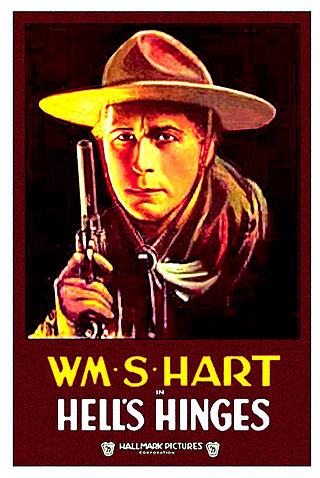
Hell's Hinges is a 1916 American silent Western film starring William S. Hart and Clara Williams. Directed by Charles Swickard, William S. Hart and Clifford Smith, and produced by Thomas H. Ince, the screenplay was written by C. Gardner Sullivan.

Triangle Film Corporation was a major American motion-picture studio, founded in July 1915 in Culver City, California and terminated 7 years later in 1922.
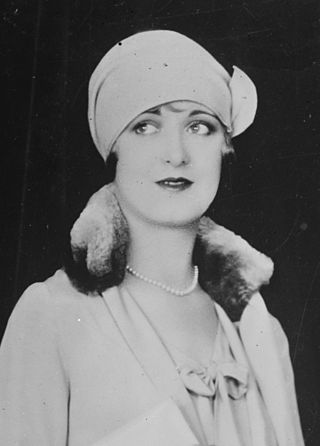
Kathryn McGuire was an American dancer and actress.

Dorothy Dalton was an American silent film actress and stage personality who worked her way from a stock company to a movie career. Beginning in 1910, Dalton was a player in stock companies in Chicago; Terre Haute, Indiana; and Holyoke, Massachusetts. She joined the Keith-Albee-Orpheum Corporation vaudeville circuits. By 1914 she was working in Hollywood.

Murdock MacQuarrie was an American silent film actor and director. His name was also seen as Murdock McQuarrie.
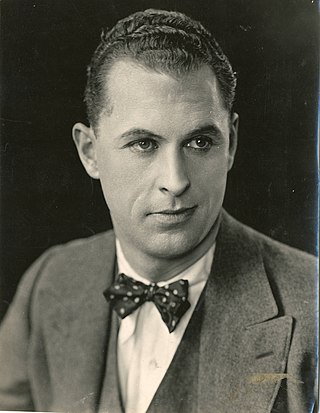
Ralph Waldo Ince was an American pioneer film actor, director and screenwriter whose career began near the dawn of the silent film era. Ralph Ince was the brother of John E. Ince and Thomas H. Ince.
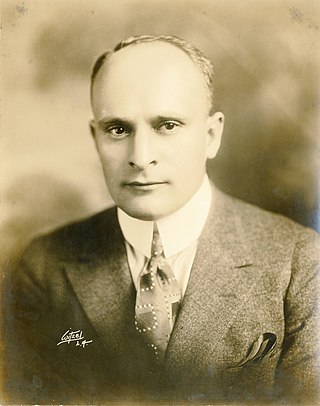
Charles Gardner Sullivan was an American screenwriter and film producer. He was a prolific writer with more than 350 films among his credits. In 1924, the magazine Story World selected him on a list of the ten individuals who had contributed the most to the advancement of the motion picture industry from its inception forward. Four of Sullivan's films, The Italian (1915), Civilization (1916), Hell's Hinges (1916), and All Quiet on the Western Front (1930), have been listed in the National Film Registry.

Thomas Harper Ince was an American silent film - era filmmaker and media proprietor. Ince was known as the "Father of the Western" and was responsible for making over 800 films. He revolutionized the motion picture industry by creating the first major Hollywood studio facility and invented movie production by introducing the "assembly line" system of filmmaking. He was the first mogul to build his own film studio dubbed "Inceville" in Palisades Highlands. Ince was also instrumental in developing the role of the producer in motion pictures. Three of his films, The Italian (1915), for which he wrote the screenplay, Hell's Hinges (1916) and Civilization (1916), which he directed, were selected for preservation by the National Film Registry. He later entered into a partnership with D. W. Griffith and Mack Sennett to form the Triangle Motion Picture Company, whose studios are the present-day site of Sony Pictures. He then built a new studio about a mile from Triangle, which is now the site of Culver Studios. Ince's untimely death at the height of his career, after he became severely ill aboard the private yacht of media tycoon William Randolph Hearst, has caused much speculation, although the official cause of his death was heart failure.

Dynamite Smith is a 1924 American silent drama film directed by Ralph Ince and written by C. Gardner Sullivan. The film stars Charles Ray, Bessie Love, and Wallace Beery, and was distributed through Pathé Exchange.

Raymond B. West was an American motion picture director. He joined the New York Motion Picture Company in 1910 and directed more than 70 motion pictures between 1910 and 1919 before being involved in an equestrian accident on set that resulted in permanent physical and psychological damage, forcing his retirement. He died in 1923 at age 37 from complications arising from his prior accident.

Josephine "Chicago Joe" Airey, was an Irish-born American prostitute, madam, and proprietor of brothels, dance halls, a variety theatre, and saloons in Helena, Montana. She eventually became the most influential landowner in Helena. She was known as "Chicago Joe" Hensley following her marriage to James T. Hensley.

Thomas J. Holding was a British-born stage and film actor.

On the Night Stage is a 1915 American silent Western film directed by Reginald Barker and starring William S. Hart and Rhea Mitchell. The film is based upon a story by C. Gardner Sullivan with the scenario written by Thomas H. Ince. A copy of the film is held by the Library of Congress and several other film archives.

Black Is White is a 1920 American silent drama film starring Dorothy Dalton and directed by Charles Giblyn. It was produced by Thomas H. Ince and distributed by Paramount Pictures. The movie is based on a novel, Black is White, by George Barr McCutcheon. The film's spelling differs from the spelling of the novel. The plot is one in which a woman stands almost any form of abuse from a man and finally forgives him at the moment she has opportunity for the revenge she has always sought, such stories being somewhat popular at the time.

Hard Boiled is a 1919 American comedy silent film directed by Victor Schertzinger and written by John Lynch and R. Cecil Smith. The film stars Dorothy Dalton, Billy Mason, William Courtright, Gertrude Claire, Walter Hiers, and Nona Thomas. The film was released on February 2, 1919, by Paramount Pictures.

Extravagance is a lost 1919 American silent drama film directed by Victor Schertzinger and written by John Lynch and R. Cecil Smith. The film stars Dorothy Dalton, Charles Clary, J. Barney Sherry, Donald MacDonald, and Philo McCullough. The film was released on March 16, 1919, by Paramount Pictures.

The Homebreaker is a 1919 American silent comedy film directed by Victor Schertzinger and written by John Lynch and R. Cecil Smith. The film stars Dorothy Dalton, Douglas MacLean, Edwin Stevens, Frank Leigh, Beverly Travis, and Nora Johnson. The film was released on April 20, 1919 by Paramount Pictures. It is presumed to be a lost film.
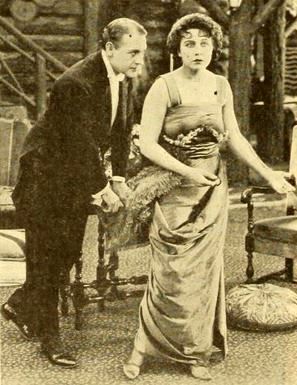
Other Men's Wives is a lost 1919 American silent drama film directed by Victor Schertzinger and written by C. Gardner Sullivan. The film stars Dorothy Dalton, Forrest Stanley, Holmes Herbert, Dell Boone, Elsa Lorimer, and Hal Clements. The film was released on June 15, 1919, by Paramount Pictures.

Flare-Up Sal is a surviving 1918 American silent drama film directed by Roy William Neill and starring Dorothy Dalton. Thomas H. Ince produced and released through Paramount Pictures.

Bison Film Company, also known as 101 Bison Film Company, is an American film studio established in 1909 and disestablished in 1917.






















